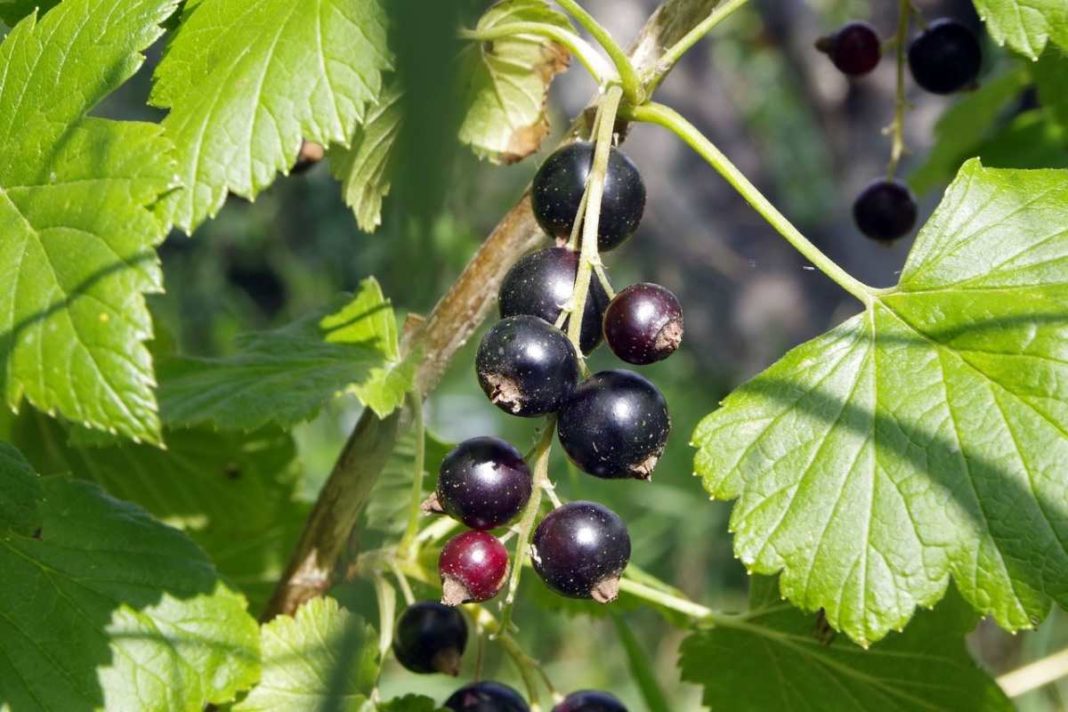
Black Currant Cultivation Varieties, and Planting Agri Farming
Ribes americanum Gooseberry family (Grossulariaceae) Description: This shrub produces little-branched woody stems about 3-5' tall that are erect, ascending, to slightly arching. The base of older stems is reddish brown or reddish black with white lenticels; otherwise, stems are medium gray and winged with light brown woody ridges.

Ribes americanum (Wild Black Currant) Minnesota Wildflowers
The Wild Black Currant is a lovely shrub with edible small black berries. This species is an ideal shrub to utilize for shoreline restoration as it is esthetically pleasing, attracts wildlife such as song birds and grows best in partly shaded moist areas.
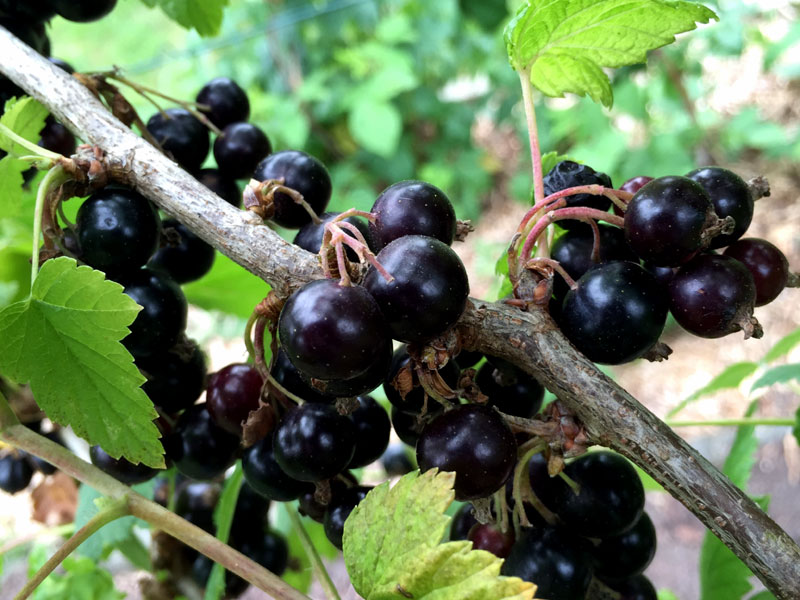
How to grow Black currant Growing Black currant in containers
Height: 1-2 m (3-6 ft) Fruit/Seeds: Black fruit. Habitat: Fields and Open Areas; Rich woods, thickets, stream banks. Books: Newcomb's Wildflower Guide: 306 Native/Non-native: Native Status: Common. Origin and Meaning of Names: Scientific Name: americanum: American Photographs: 102 photographs available, of which 5 are featured on this page.
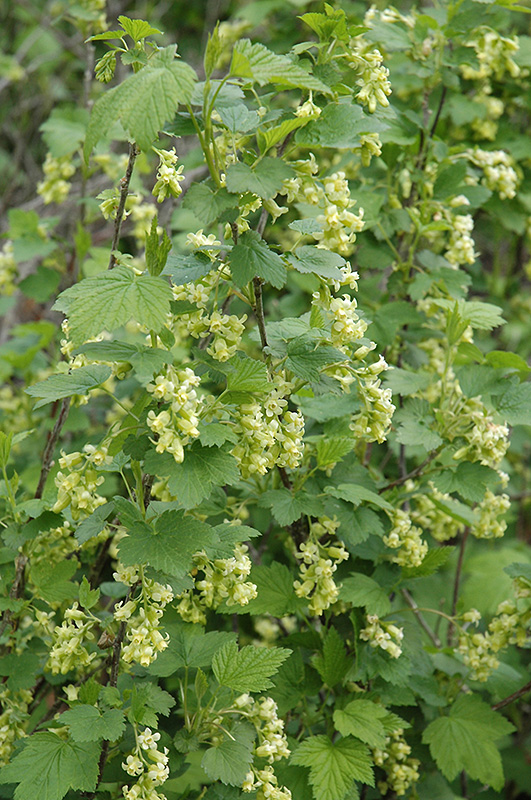
Wild Black Currant (Ribes americanum) in Classic Landscapes Edmonton
While Wild Black Currant (Ribes americanum) also has yellow glands, both leaf surfaces are dotted where Northern Black Currant is only glandular on the lower surface. Most currants have saucer-shaped flowers, but those of Northern Black Currant are more bell-shaped and more similar to gooseberries than to other currants. However, unlike.
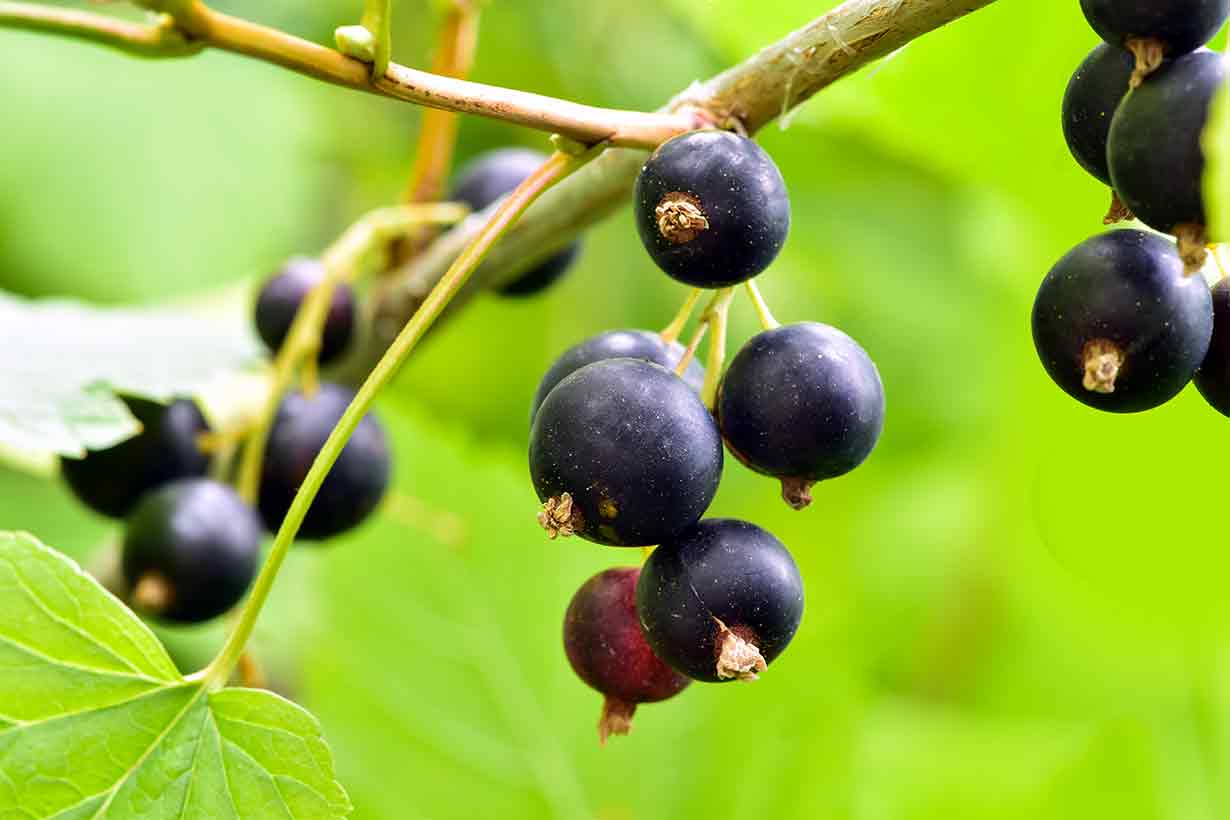
5 Benefits of Black Currants (and Full Nutrition Facts) Nutrition Advance
Lägst pris på Nordic Superfood Black Currant Raw Juice Concentrate 19.5Cl via Pricerunner. En oberoende tjänst som hjälper dig jämföra produkter, priser och återförsäljare online.

Royalty Free Image Black currant by Dominator
American black currant, Ribes americanum, is native to much of North America and is sometimes called wild black currant. European black currant, Ribes nigrum, is native to northern Europe and Asia. Ben Connan Out of all of the varieties, 'Ben Connan' black currants is the heaviest producing one, with up to 7 pounds of berries off of one plant.

Ribes americanum (Wild Black Currant) Minnesota Wildflowers
The black currant fruit is a very nutritious berry, high in Vitamins A and C, and in potassium, phosphorus, and calcium. R. americanum is in the gooseberry family, and is closely related to gooseberries and several other species of currants. The Ribes genus lends its name to Ribena, a black currant concentrated drink that is wildly popular.

Black Currants — Raintree Nursery
Eye Health Anthocyanin-rich black currants may help treat glaucoma, one of the leading causes of blindness. The antioxidant increases blood flow in the eyes and may help to slow the progression.

Wild black currant AWES Agroforestry and Woodlot Extension Society
American black currant is uncommon in Missouri, known from only one location in Schuyler County. The leaves have orange, resinous glands on the undersurface. An erect, ascending to spreading, spineless shrub, it bears flowers, and later black berries, in clusters of 6-15. Leaves are alternate or in clusters, simple, blades 1-3 inches long or side, overall outline is circular; lobes 3 or 5.

Yukon Wild Berries Northern Black Currant
Wildlife: Black currant is a favored browse of grazing animals. Birds and small mammals eat the berries. This species may form thickets which are desirable for habitat. Recreation and Beautification: This low-growing shrub has attractive flowers which are visited by insect pollinators.
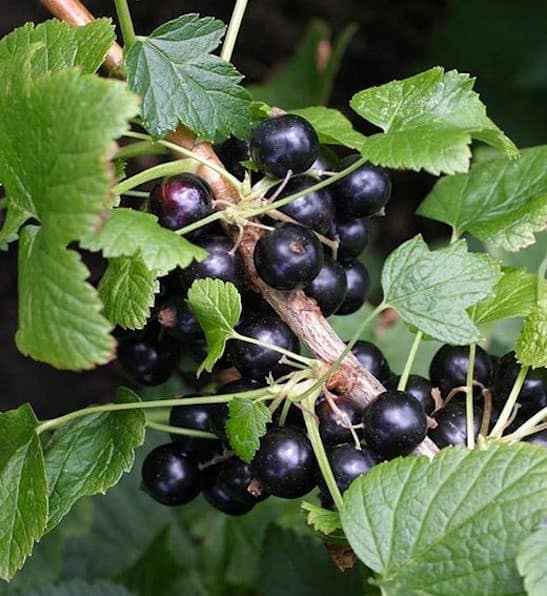
Wild Black Currant Ribes americanum CANADA
Wild Black Currant. Ribes americanum. Common Name(s) Wild Black Currant American Black Currant Family. Grossulariaceae Genus. Ribes Full Scientific Name. Ribes americanum. Author. Miller Native Range. AB, SK, MB, ON, QC, NB, NS Introduced Range. Additional Details Characteristics Growth Form: Shrub.
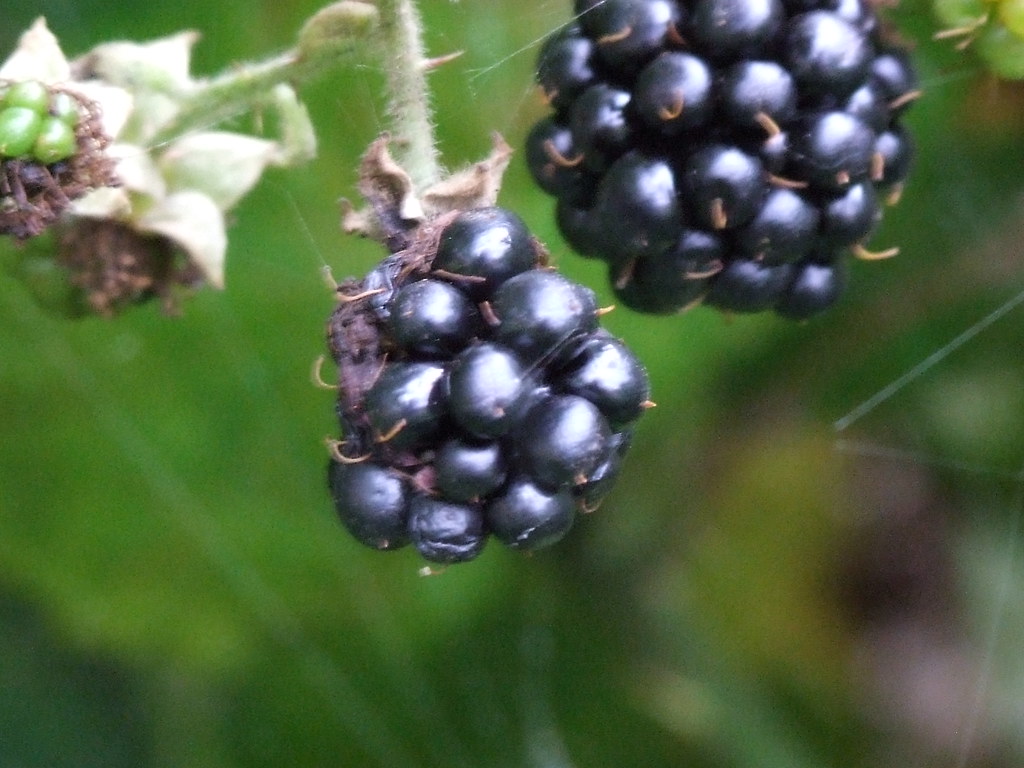
August 18 2015 Wild black currants growing in Locks Heath Bob
The blackcurrant ( Ribes nigrum ), also known as black currant or cassis, [a] is a deciduous shrub in the family Grossulariaceae grown for its edible berries. It is native to temperate parts of central and northern Europe and northern Asia, where it prefers damp fertile soils. It is widely cultivated both commercially and domestically.
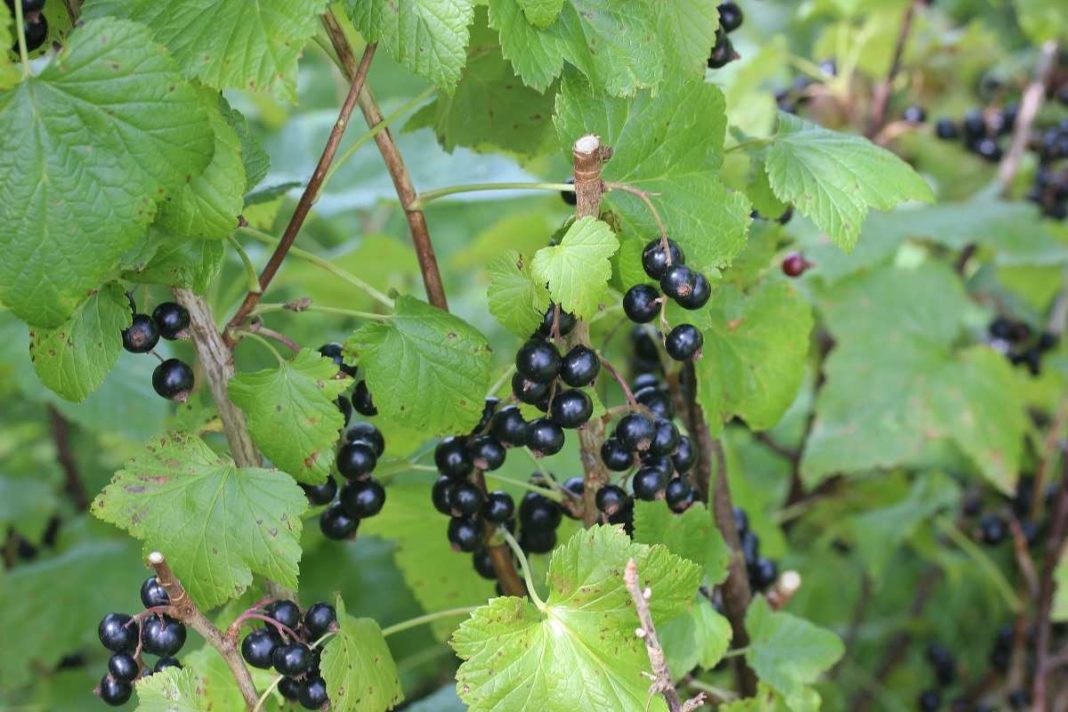
Black Currant Cultivation Varieties, and Planting Agri Farming
Stems erect or ascending, spineless, 1-1.5 m. Twigs with sessile, yellow glands, pubescent; the bark gray to black. Leaf blades 1-7 cm wide, shallowly cordate to truncate at the base, 3 (5)-lobed, shallowly to deeply dentate, the underside sparsely pubescent and glandular. Inflorescence 4- to 10-flowered, spreading, ca. as long as the leaves.
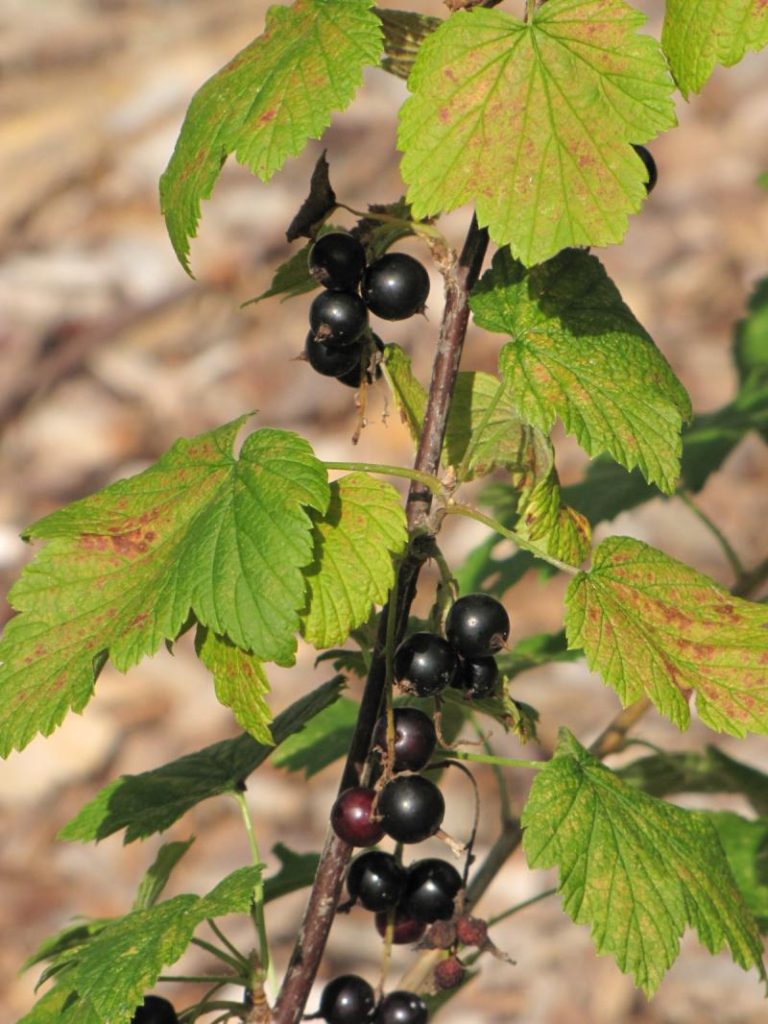
American Black Currant (Ribes americanum)
Notes: American Black Current is indigenous to the Garden area. Eloise Butler catalogued it on April 29, 1907. In her day the plant was usually listed as Ribes floridum. Black Currant was also listed on Martha Crone's 1951 inventory of plants in the Garden at that time. It is native to much of Minnesota, absent in only a few scattered counties.
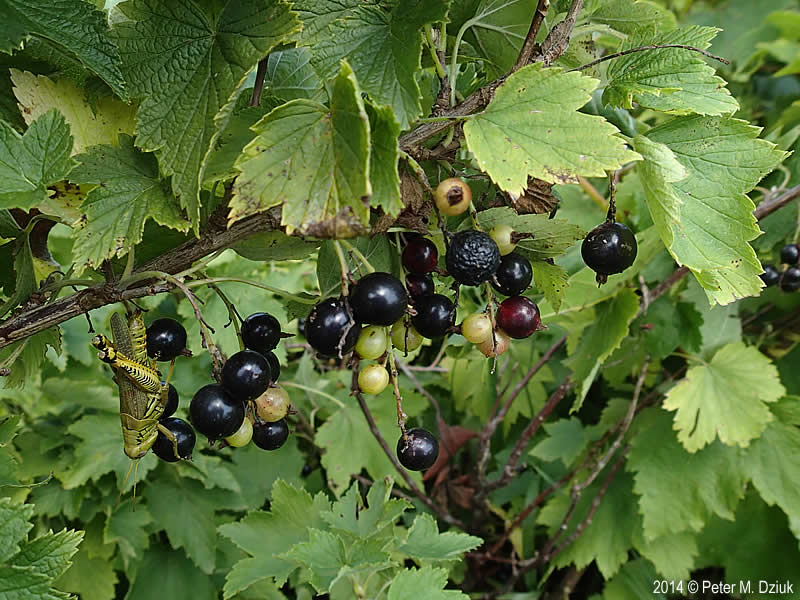
Ribes americanum (Wild Black Currant) Minnesota Wildflowers
Ribes americanum (Wild Black Currant) American Black Currant, Eastern Black Currant Grossulariaceae (Gooseberry) part shade, sun; moist; open woods, streambanks, swamps, wet meadows, ravines Pick an image for a larger view. See the Flower:
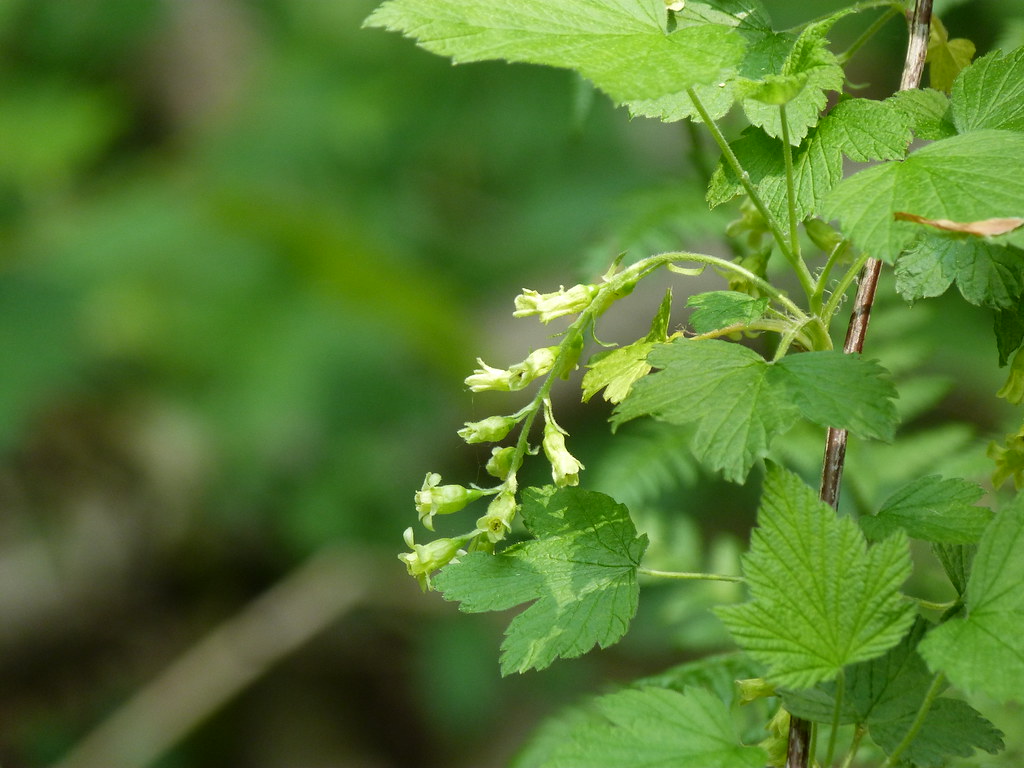
P1230488 Wild Black Currant Bestview Park, Toronto, On New… Flickr
Ribes americanum is a North American species of flowering plant in the gooseberry family known as wild black currant, [1] [4] [5] [6] American black currant, [7] and eastern black currant. [8]